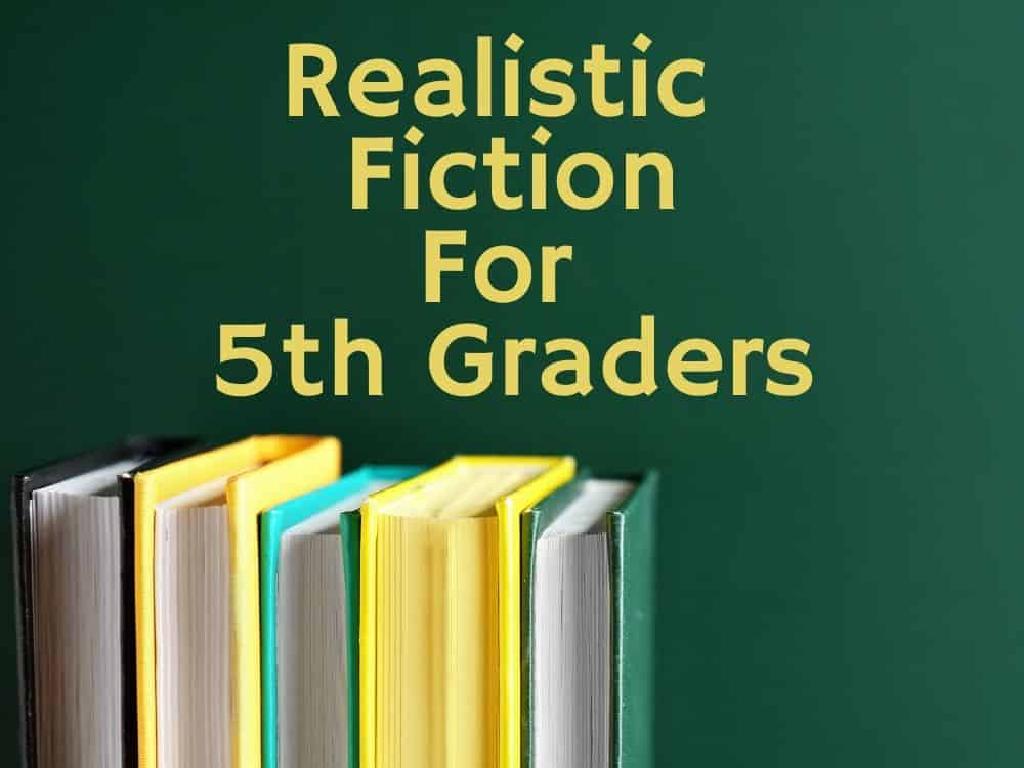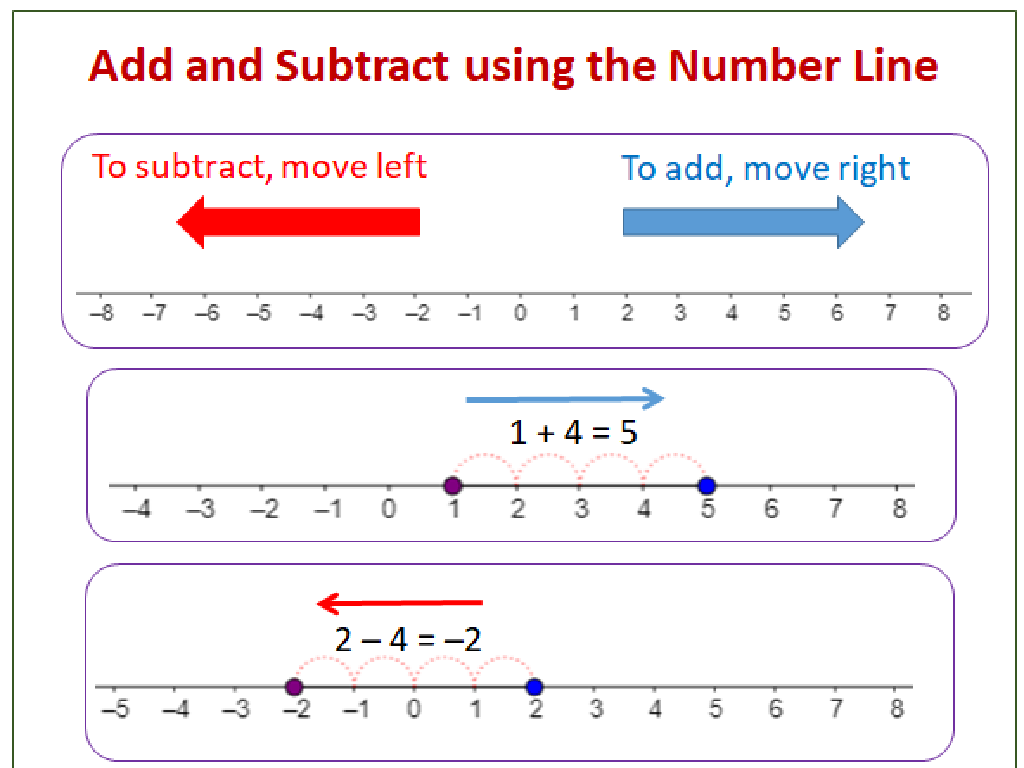Commas: Review
Subject: Language arts
Grade: Third grade
Topic: Commas
Please LOG IN to download the presentation. Access is available to registered users only.
View More Content
Welcome to Commas!
– Reviewing comma usage
– Commas create sentence clarity
– They help us know where to pause
– Commas are writing tools
– Like traffic signals for readers
– Let’s start our comma journey
|
This slide is an introduction to the importance of commas in writing. It’s designed to create excitement about learning how to use commas correctly. Emphasize to the students that understanding commas is essential for clear communication in writing. Commas act like traffic signals for readers, indicating where to pause in a sentence. During the lesson, provide examples of sentences with and without commas to show how they affect readability. Engage the students by asking them to come up with their own sentences and then decide where commas should be placed. This interactive approach will help them grasp the concept of commas as tools that help make their writing easier to understand.
Understanding Commas
– What is a comma?
– A comma is a punctuation mark used to indicate a pause.
– Comma: A short pause
– When reading, a comma signals a brief pause, not a full stop like a period.
– Commas clarify sentences
– They help readers understand which words go together in a list and which parts of the sentences are extra information.
– Practice using commas
– Let’s write sentences together and decide where commas should go!
|
This slide introduces the basic concept of a comma to third-grade students. Start by showing them the comma symbol and explaining that it represents a short pause in a sentence, not as long as the pause for a period. Emphasize that commas are important in writing because they help separate ideas, making sentences easier to understand. Provide examples of sentences with and without commas to illustrate how commas affect readability. Encourage students to come up with their own sentences and practice placing commas where they think a pause would naturally occur. This interactive approach will help them grasp the concept of using commas to clarify their writing.
Commas in a Series
– Commas list things in a sentence
– Example: apples, bananas, carrots
– Like a shopping list: I need to buy apples, bananas, and carrots.
– Commas separate each item
– They act like a pause between items
– Practice listing your favorite foods
– Think of 3 favorite foods and write them with commas
|
This slide introduces the concept of using commas to separate items in a series. Start by explaining that commas are like a small pause when we read and are used to make lists clear in writing. Show the example on the slide and read it aloud with the class, emphasizing the pauses. Then, ask the students to come up with their own list of favorite foods, toys, or activities and write them down using commas. This will help them understand how to use commas in a practical context. Encourage them to share their lists with a partner or the class to practice and reinforce their learning.
Commas with Adjectives
– Commas separate descriptive adjectives
– When two adjectives describe a noun, use a comma
– Example: The fluffy, friendly dog
– ‘fluffy’ and ‘friendly’ are adjectives for ‘dog’
– Both ‘fluffy’ and ‘friendly’ describe ‘dog’
– They give us more information about the dog
– No comma if adjectives don’t describe the same noun
|
This slide is aimed at teaching third graders how to use commas to separate adjectives when they are used together to describe the same noun. Explain that adjectives are words that describe nouns and give more detail about them. When we have two or more adjectives like ‘fluffy’ and ‘friendly’ that describe the noun ‘dog’, we separate them with a comma. However, if the adjectives do not describe the same aspect of the noun, we do not use a comma. For example, in ‘old family photo’, there is no comma because ‘old’ describes ‘photo’ and ‘family’ describes the type of photo. Encourage students to come up with their own examples and to explain why they used a comma.
Commas in Dates and Addresses
– Commas separate date parts
– Commas also split address parts
– Example: Wednesday, March 15, 2023
– Shows day, month, then year
– Example: 123 Maple Street, Springfield, IL
– Shows house number, street, city, and state
|
This slide is focused on teaching third-grade students the use of commas in dates and addresses. Explain that commas act like a pause to separate different parts of dates, such as the day from the month and the month from the year. Similarly, commas in addresses help to separate the house number from the street, the street from the city, and the city from the state. Use the examples provided to illustrate how commas are used in practice. Encourage students to practice by writing their own birthdates and home addresses using commas correctly. This will help them understand the practical application of the rule.
Commas and Conjunctions
– Use a comma before conjunctions
– Like ‘and’ or ‘but’ to connect sentences
– Joining two complete sentences
– Example: Sentence joining with ‘but’
– I wanted to play outside, but it rained.
– Place comma before ‘and’, ‘but’
– It separates ideas, making them clear.
|
This slide is aimed at helping third-grade students understand the use of commas with conjunctions in sentences. Emphasize that conjunctions like ‘and’, ‘but’, or ‘or’ often need a comma before them when they are used to join two complete sentences. Provide the example on the slide and explain that without the comma, the sentences might run together and be confusing. Encourage students to think of their own examples of sentences that could be joined with a conjunction and a comma. Practice with additional examples as a class to reinforce the concept.
Let’s Practice Using Commas!
– Time to practice commas
– I’ll show you a sentence
– Decide where commas go
– Think about the sentence and where you pause to breathe, that’s often where a comma belongs.
– Remember the comma rules
– Use rules like listing items, joining clauses, or after an intro phrase.
|
This slide is an interactive class activity designed to reinforce the students’ understanding of comma usage. Present a sentence on the board without commas and ask the students to decide where they think commas should be placed. Encourage them to apply the rules they’ve learned about comma usage, such as using commas to separate items in a list, after introductory phrases, or to join independent clauses with a conjunction. As students suggest where to place commas, discuss why they chose those positions and whether it follows the comma rules they’ve learned. Possible sentences for practice could include: ‘Before we go to the park we need to finish our homework’, ‘My favorite colors are blue green and purple’, or ‘Yes I would love to have some ice cream after dinner’.
Class Activity: Comma Art
– Draw a picture of favorite foods
– Write a sentence with commas
List items and separate them with commas, e.g., ‘I love pizza, burgers, and ice cream.’
– Share your Comma Art
– Learn to use commas correctly
|
This activity is designed to help students understand the use of commas in a fun and creative way. Students will draw a simple picture, such as a list of their favorite foods, and then write a sentence about the picture using commas to list items. This will help them visualize how commas separate items in a series. After completing their Comma Art, students will share their work with the class, which will reinforce their learning and allow them to see how their classmates used commas. For the teacher: Prepare a few examples to show the class, provide assistance as needed, and ensure each student has a chance to share their work. Possible variations of the activity could include drawing a picture of activities they like or people in their family, always focusing on using commas in the sentence they write.
Review and Goodbye!
– Recap on using commas
– Commas separate items in a list, connect clauses, and set off phrases.
– Practice leads to punctuation perfection
– Praise for today’s effort
– Encourage home practice
– Try writing sentences with lists or dates at home!
|
As we wrap up today’s lesson on commas, let’s go over the main points we’ve learned. Commas have various uses such as listing items, joining independent clauses with a conjunction, and setting off introductory elements or non-essential information. Remind the students that mastering punctuation, especially commas, takes regular practice. Acknowledge their hard work in today’s class and encourage them to continue practicing by writing sentences that include commas at home. This could involve creating lists, writing letters with greetings and closings, or describing sequences of events with dates. The goal is to reinforce today’s learning and build confidence in their writing skills.






